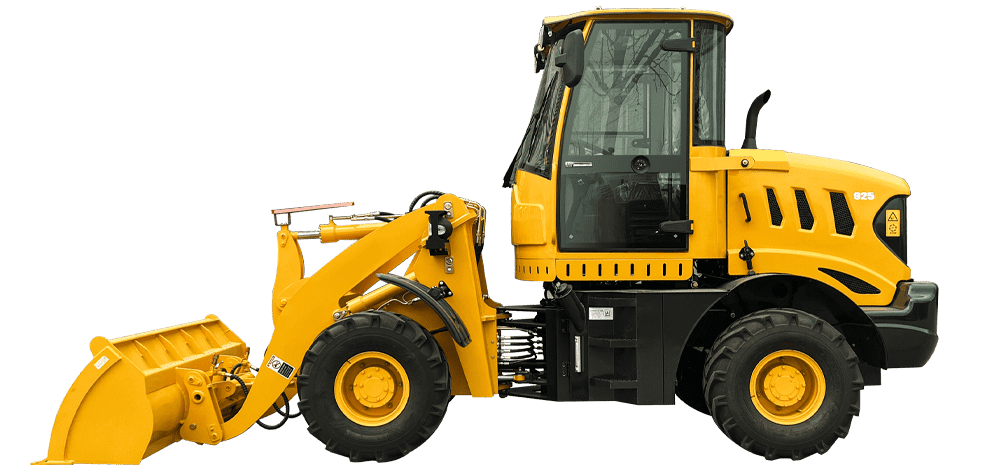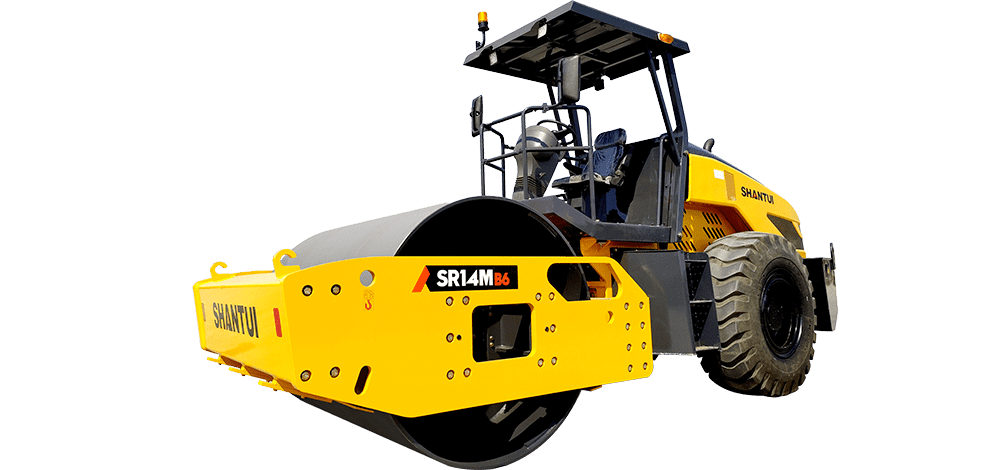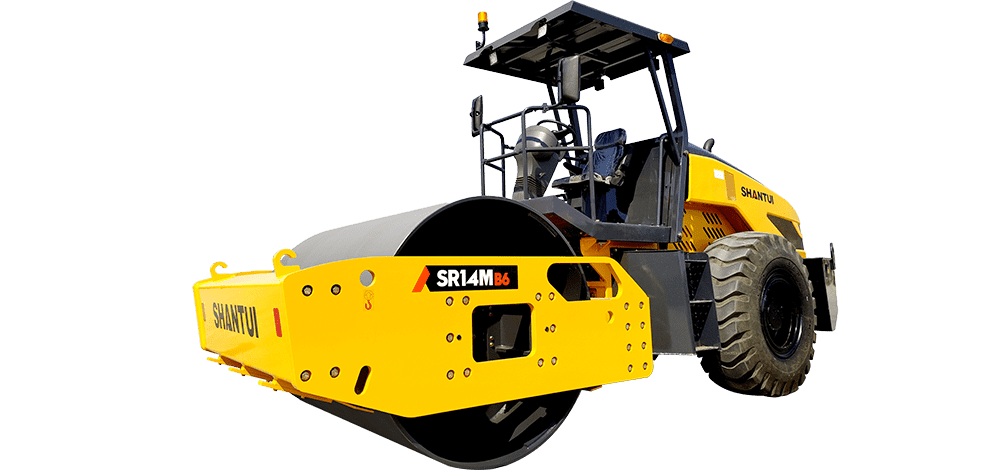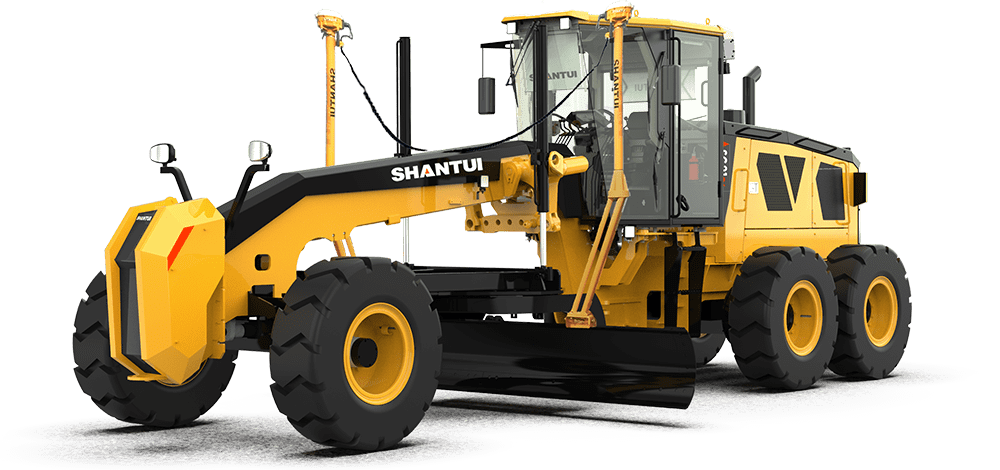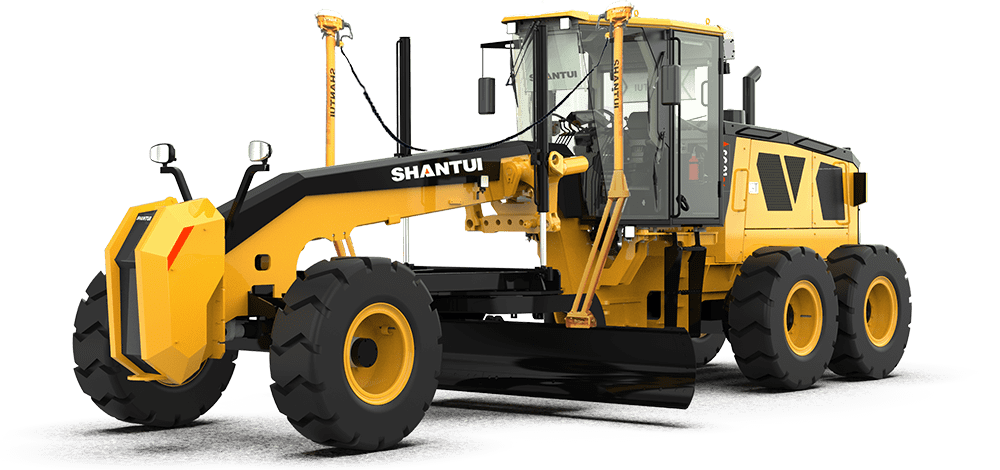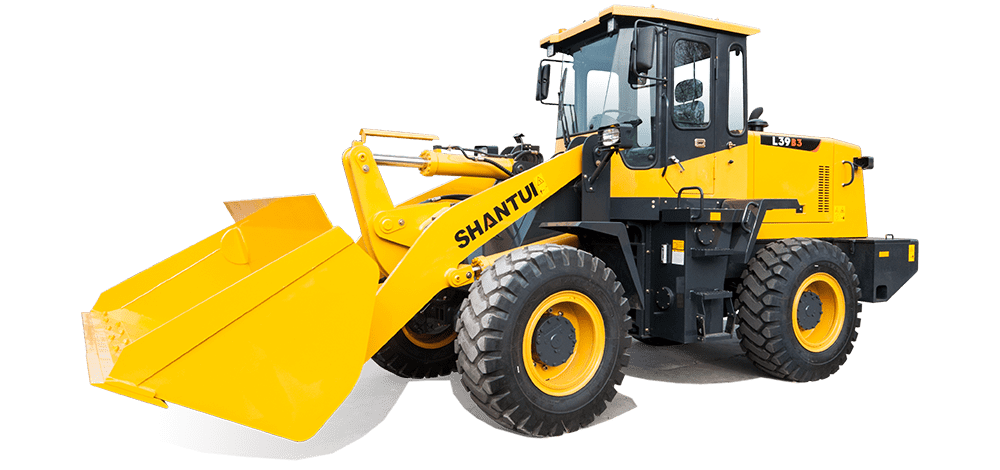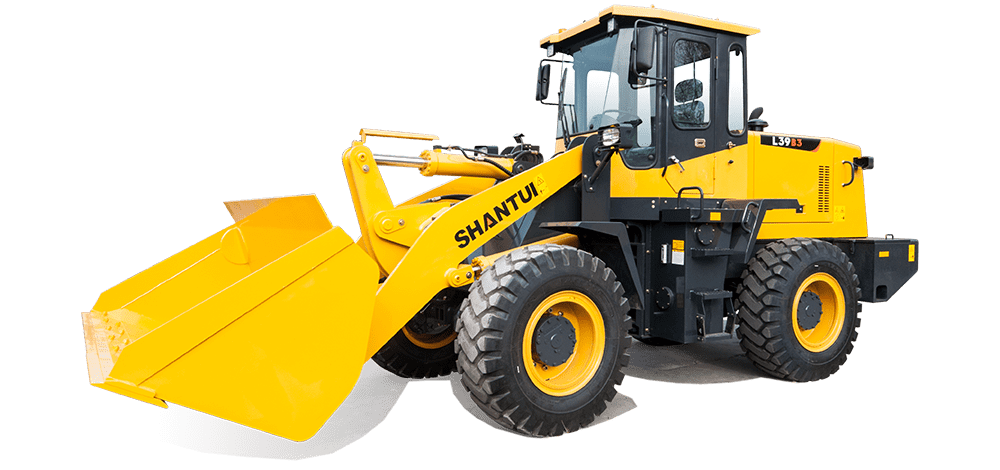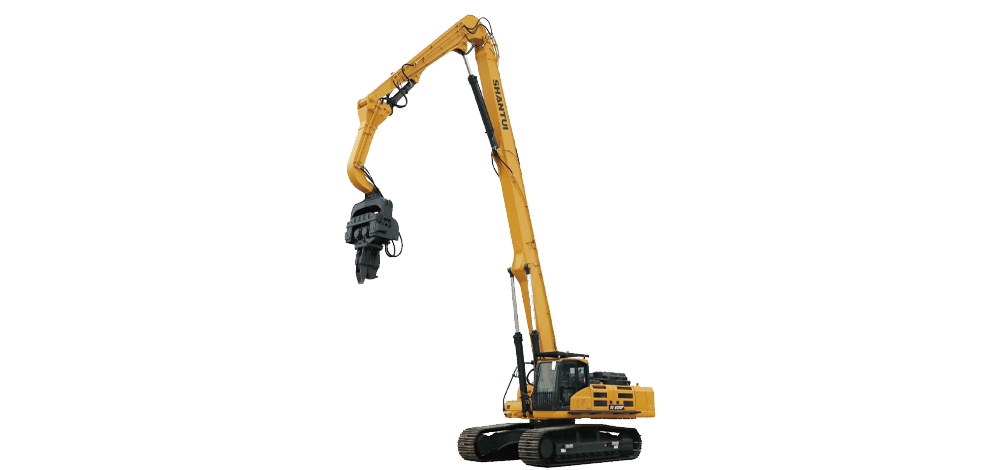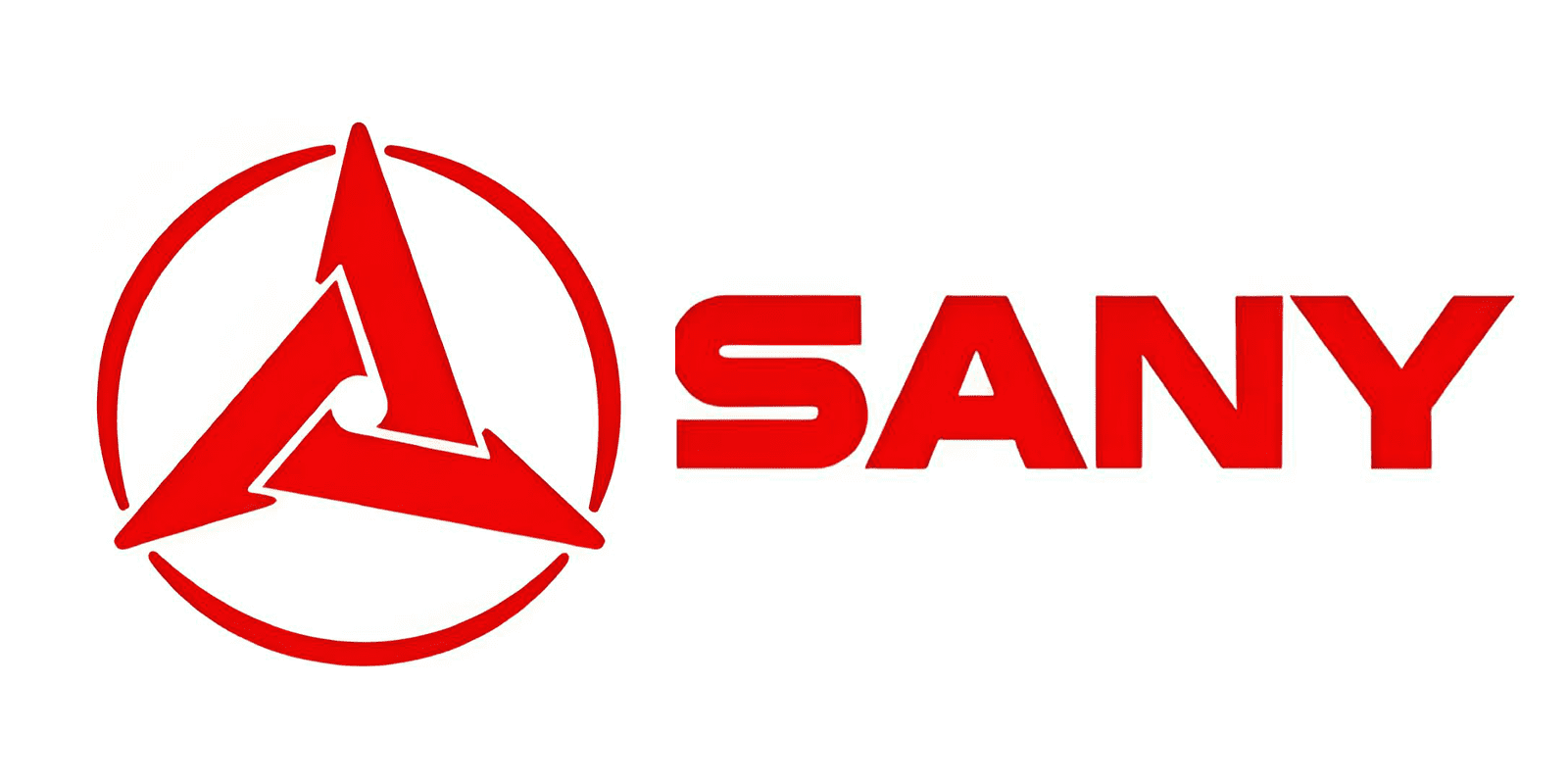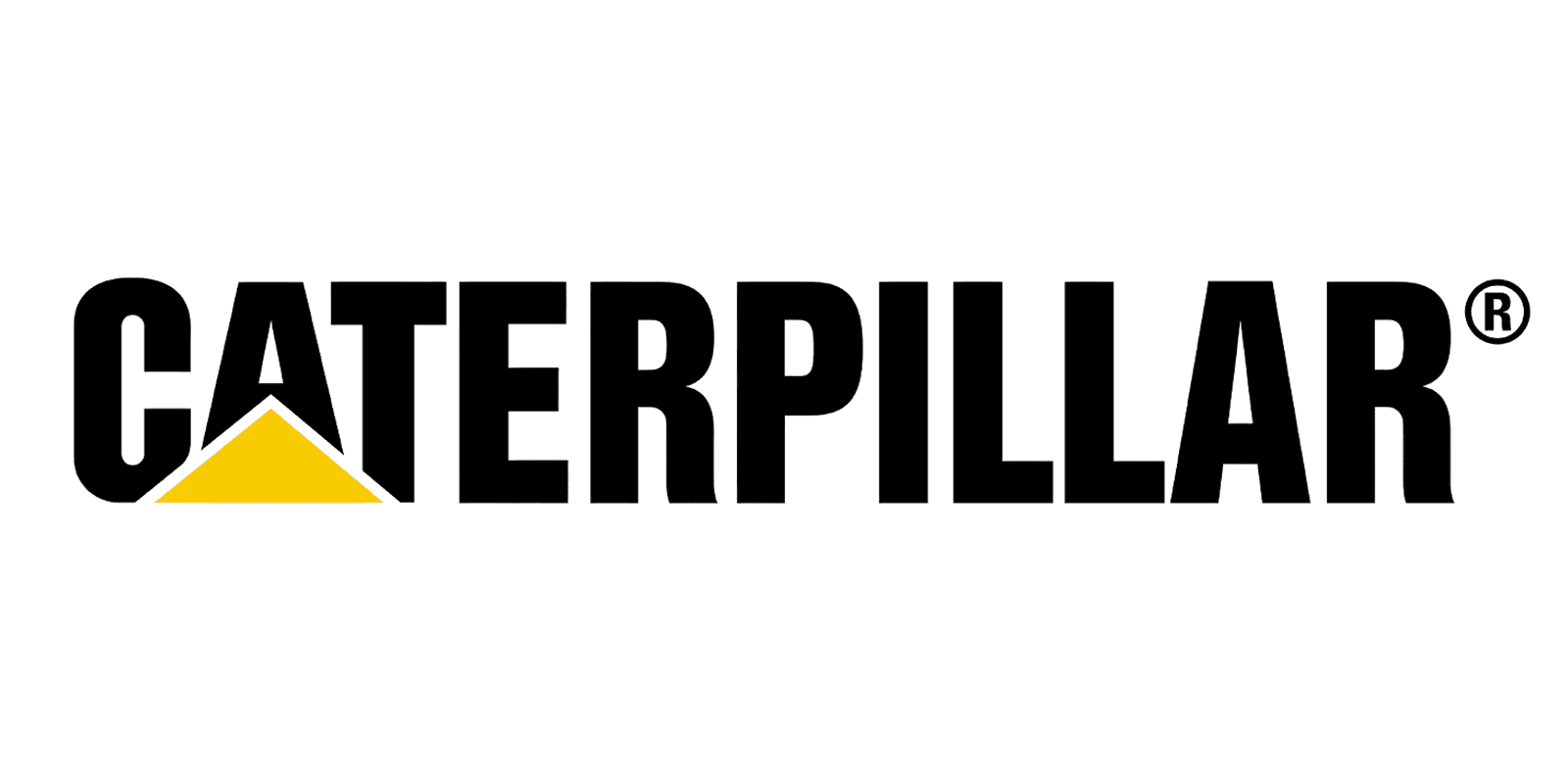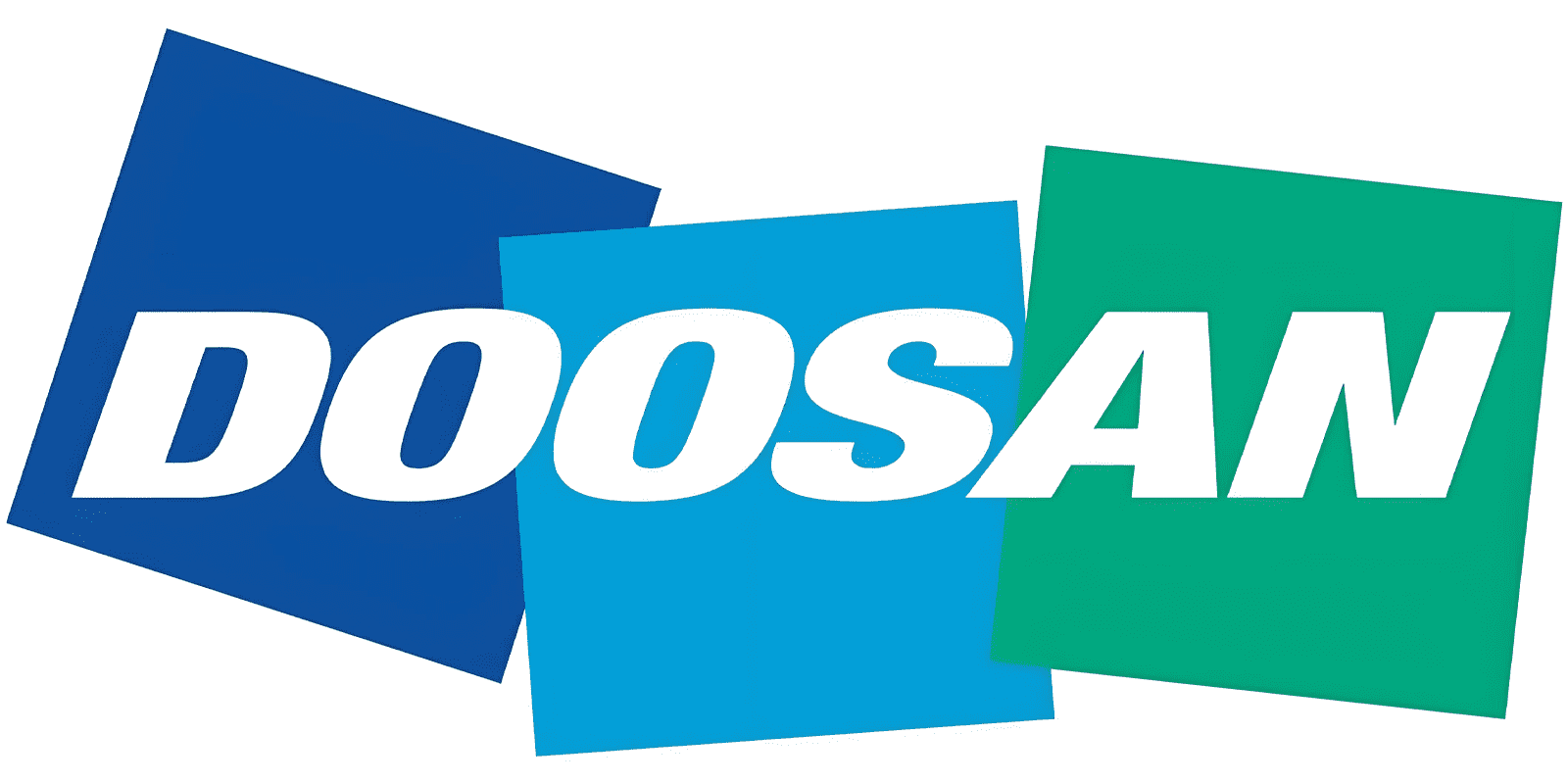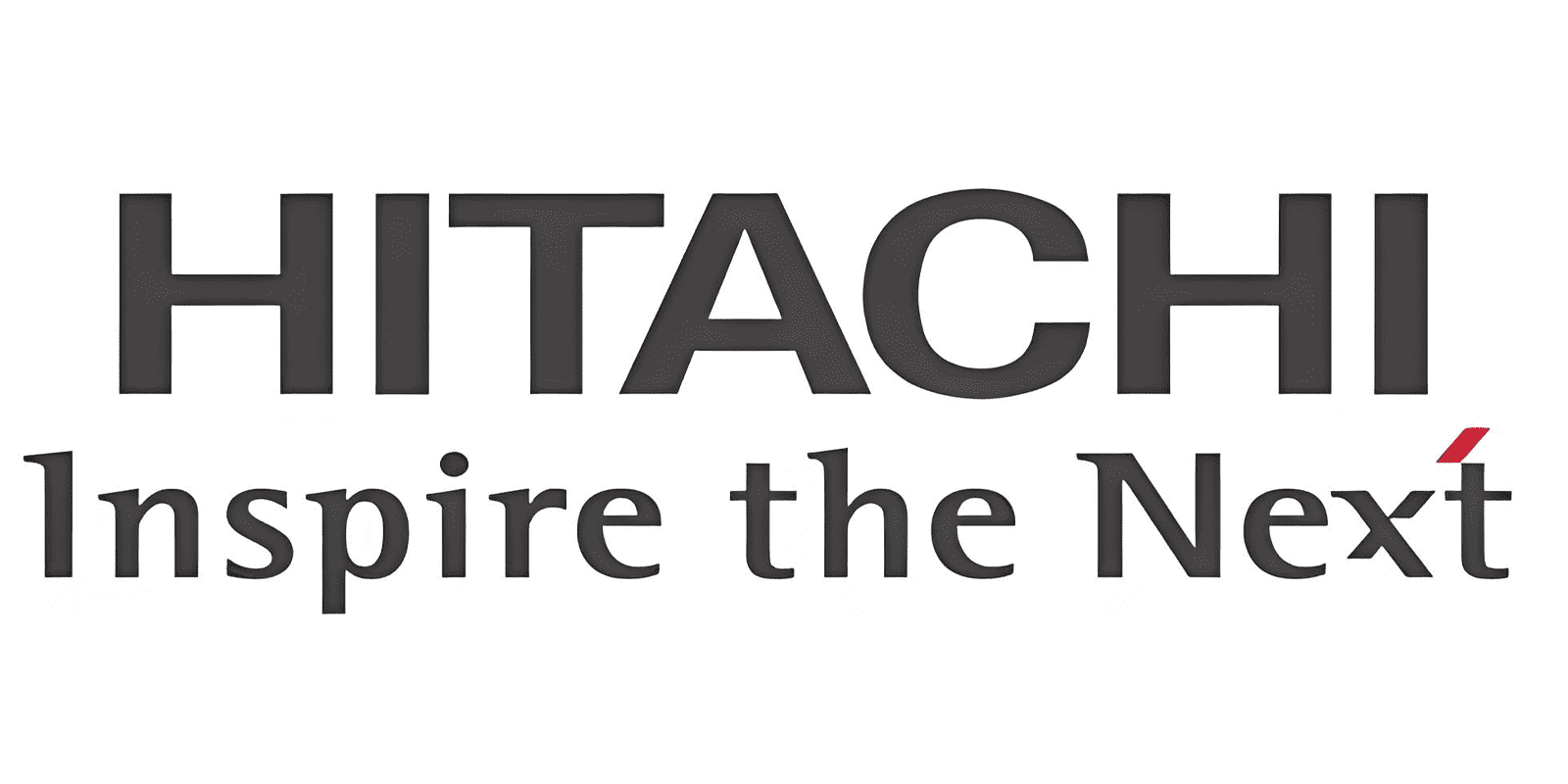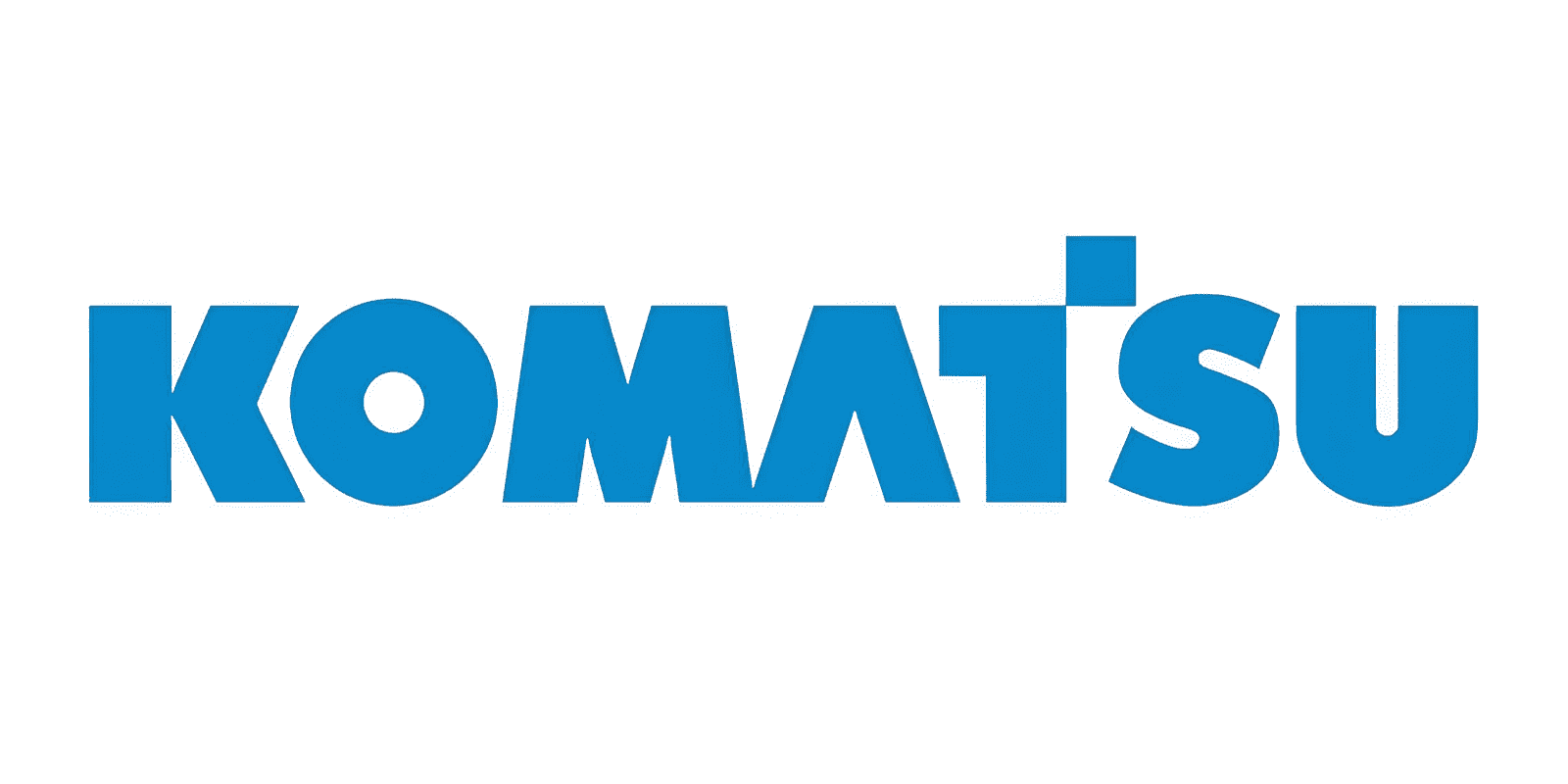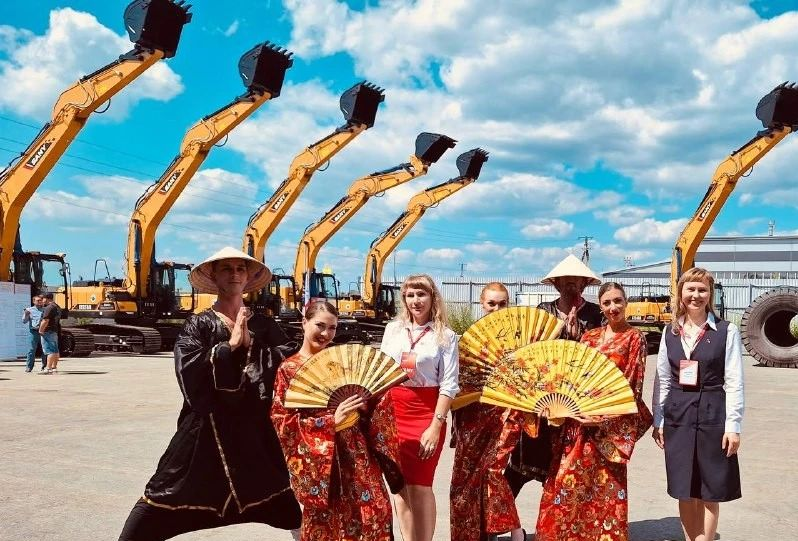As the Russian ruble strengthens, the prices of Construction equipment made in China have declined in the first quarter of 2025, but equipment entering Russia through parallel import channels has not shown a significant downward trend.
(Published by Russian Construction Machinery Network, summarized by Machinery Intelligence Station) Taking excavators as an example, Russian Construction Machinery Network analyzed the prices of Wheel excavator from brands such as New Holland, Case, and JCB in the secondary market. The price peak for these machines occurred between late 2022 and the first half of 2023: compared to December 2021, the average price of equipment from brands that had exited the Russian market rose by 70%. Since then, prices have fluctuated and adjusted, with the rate of increase slowing. By March 2025, prices remained largely unchanged compared to December 2024.
Meanwhile, the downward trend in Chinese construction machinery prices had already emerged by the end of 2024, partly due to oversupply.
After facing shortages in the pivotal year of 2022, Russian consumers saw a concentrated release of demand in 2023. Pyotr Yegorov, General Director of KVINTMADI (the official distributor of NFLG and Sany Heavy Industry, also engaged in parallel imports), noted: “2023 was the best year for dealers in recent times, with market demand peaking. Sales effectively met two years’ worth of targets because the market had stagnated in 2022.”
“Market dynamics dictate that after a surge, a decline is inevitable. Therefore, the drop in demand in 2024 was expected, and high borrowing costs exacerbated this trend. Additionally, in anticipation of an increase in recycling taxes, importers (especially of Chinese equipment) stockpiled heavily in 2023, leading to significant inventory pressure in 2025 and forcing sellers to cut prices—despite the fact that these inventories were purchased at exchange rates less favorable to the ruble.” Yegorov stated: “On the surface, this seems unfavorable for us.”
“Most suppliers purchased equipment in mid-2024 when the dollar exchange rate was 10%-15% higher than it is now, meaning dealers now have to sell at a loss. However, purchasing future inventory at current prices might present an opportunity to balance the books.” Nevertheless, only a few importers with low inventory pressure and minimal debt can seize this opportunity.
The Specifics of Parallel Imports
The scale of parallel imports is much smaller than official Chinese supply channels, making it difficult for prices (even with a stronger ruble) to decline. Customers in this segment have clear objectives—they are willing to bear high prices and can accept uncertainties in after-sales service.
Of course, price sensitivity still exists, and suppliers may adjust by reducing configurations. An interviewee from Construction Machinery Network pointed out: “The cost of parallel imports includes not only the equipment and transportation but also lengthy waiting periods—delivery of complex equipment can take 3 to 12 months, during which frozen capital is highly unfavorable for customers.”
Keywords:


